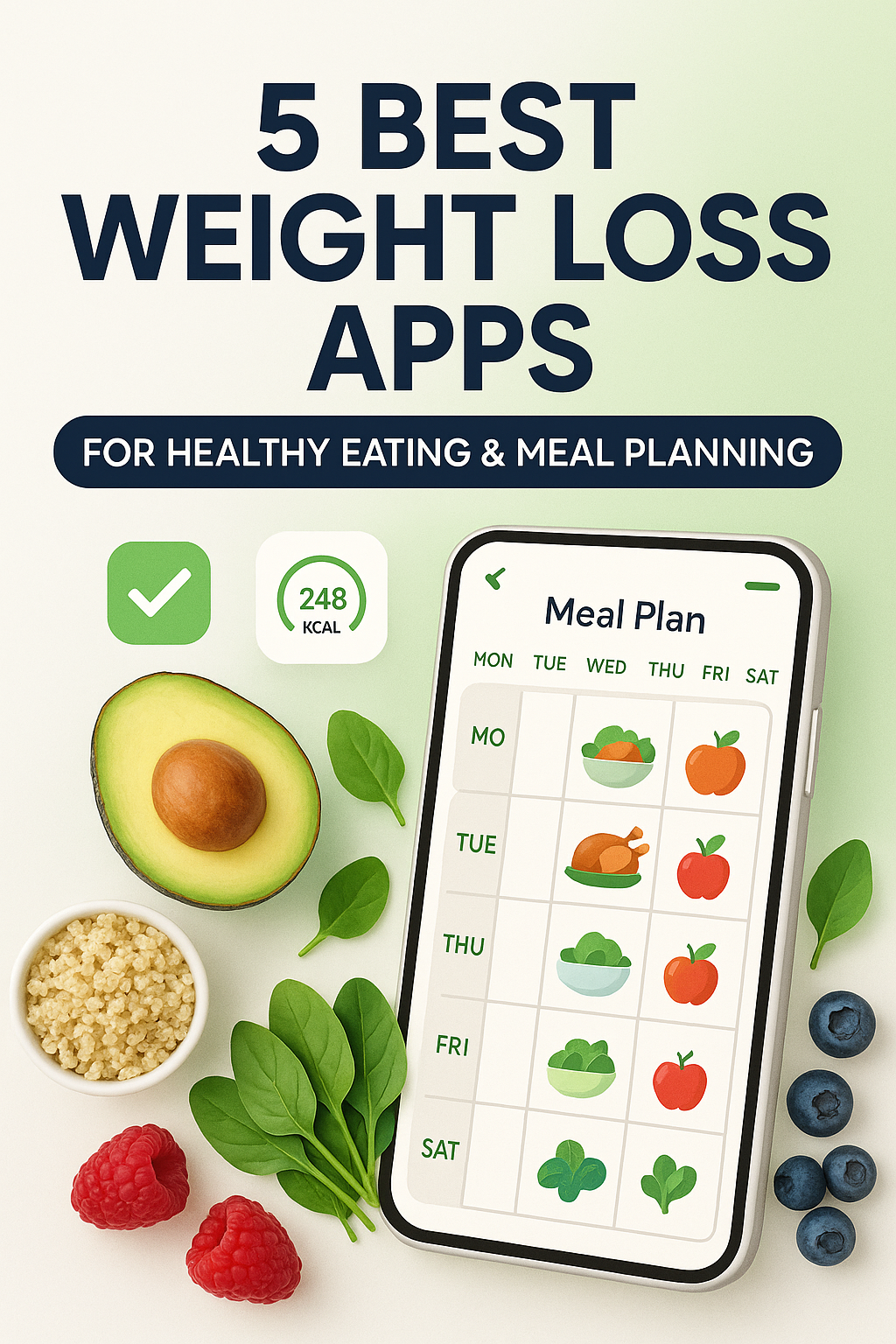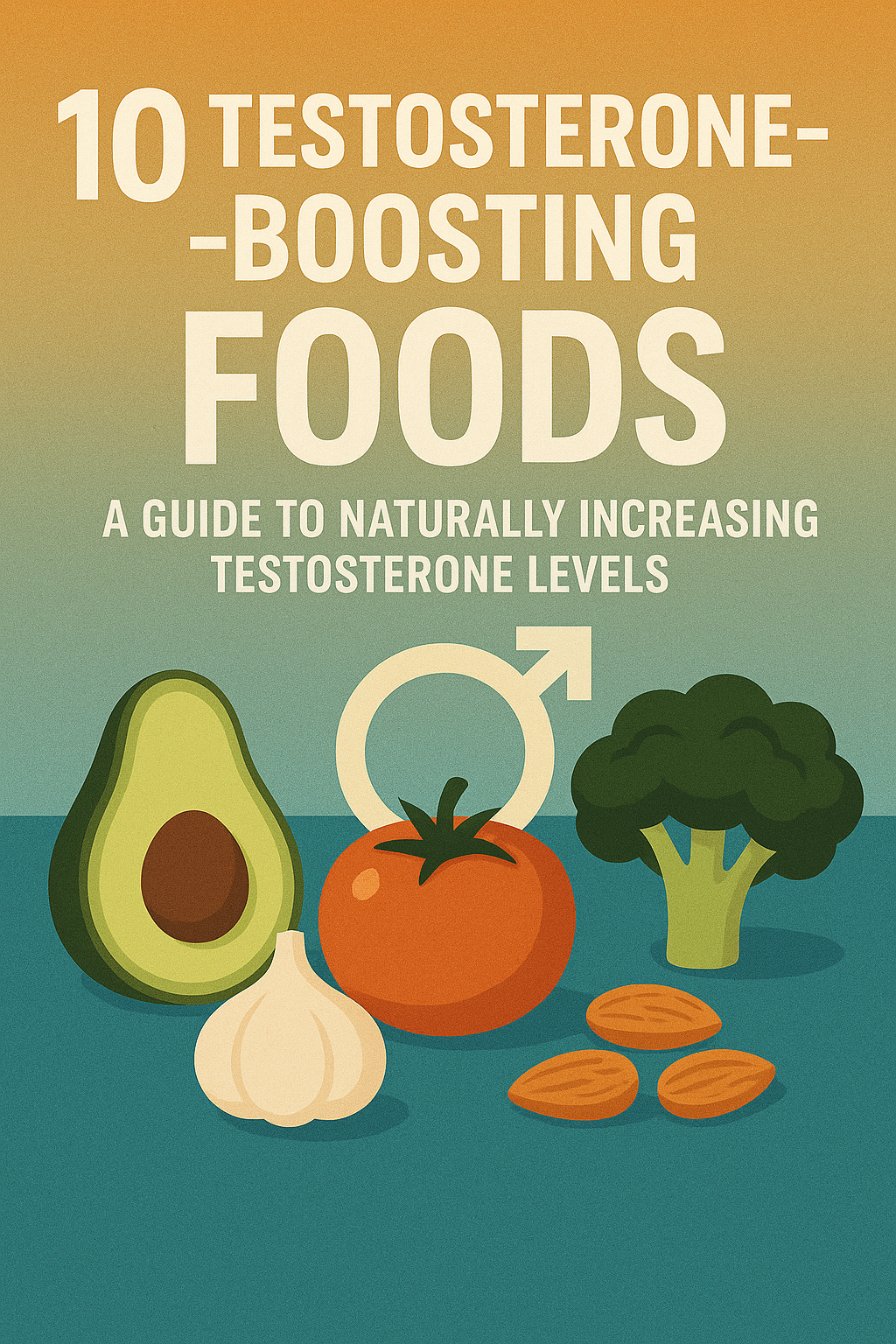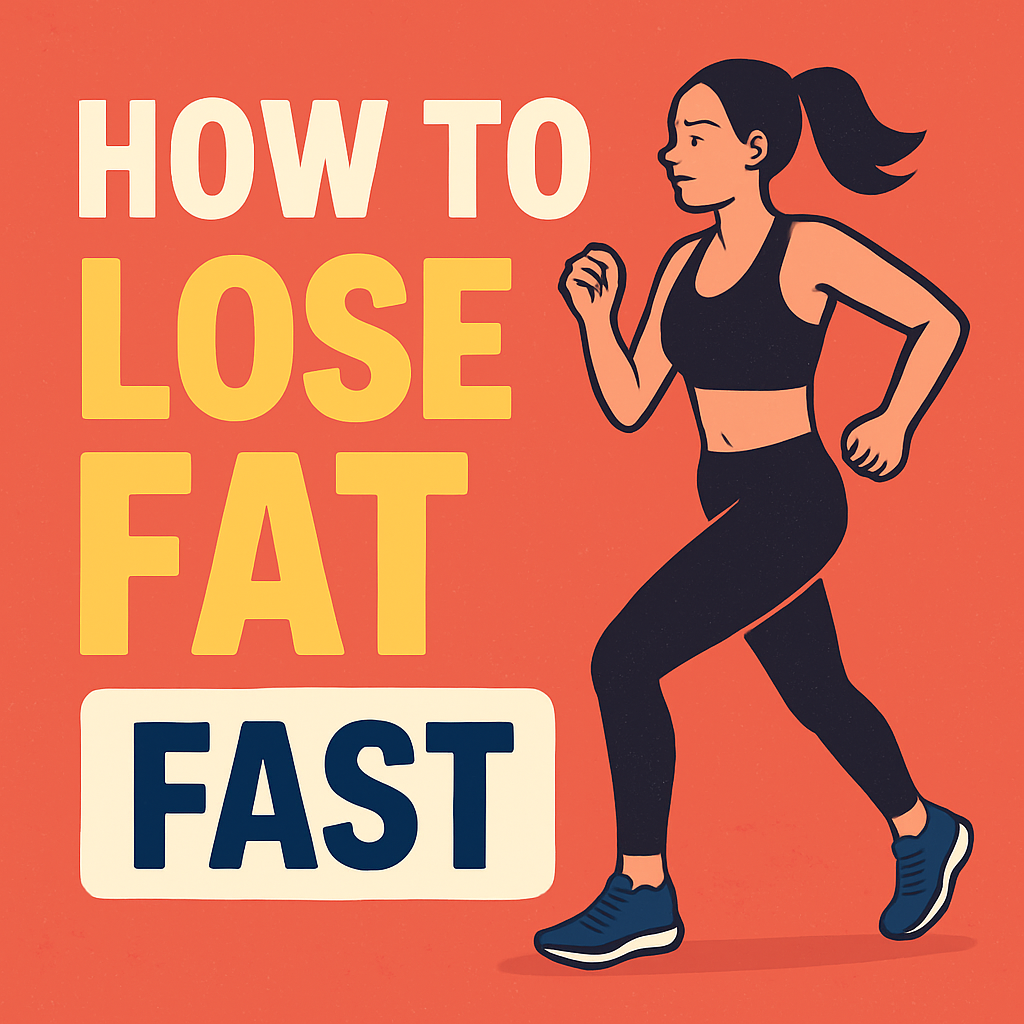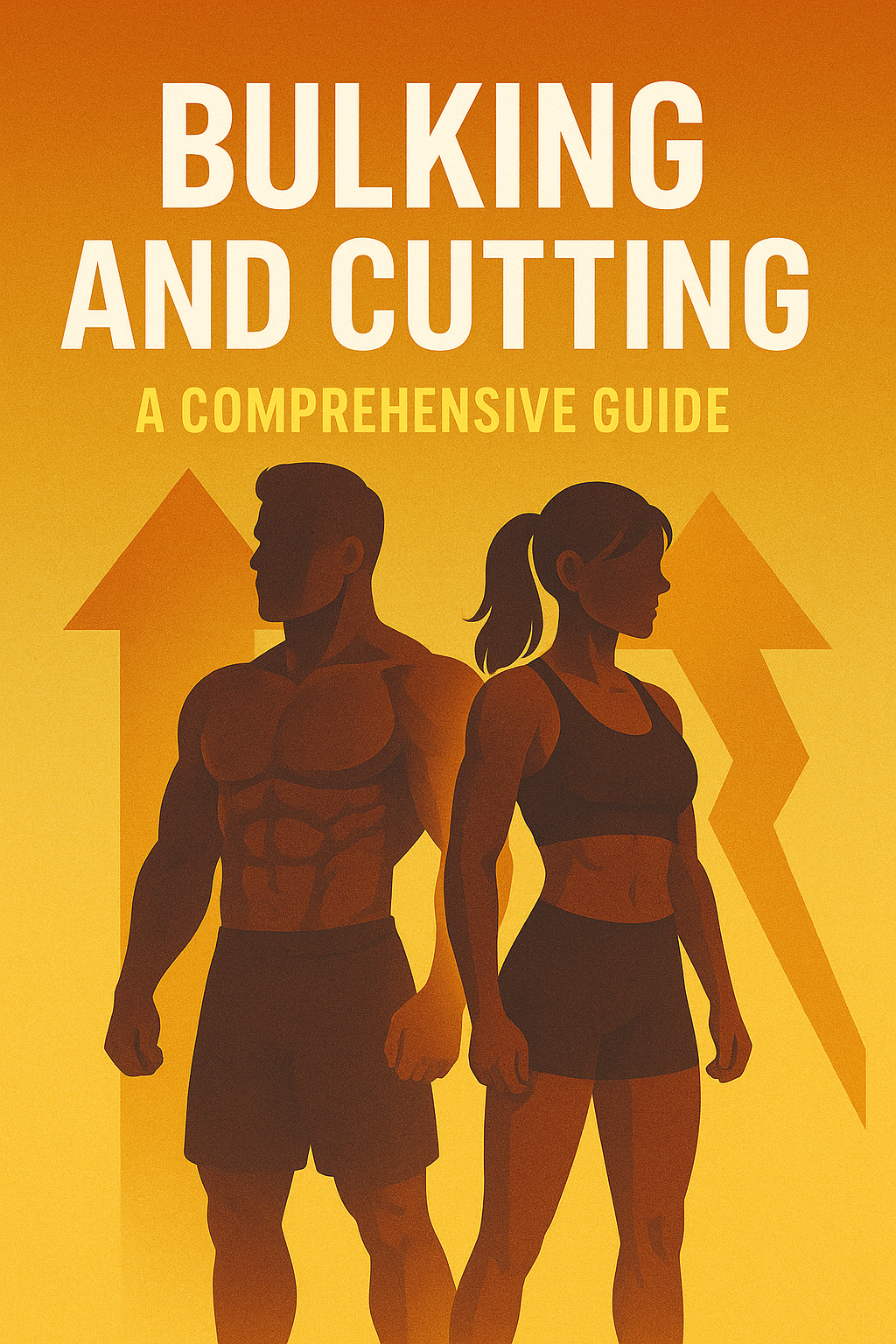Unlock the Secret to Sustainable Weight Loss: Healthy Eating and Meal Planning Made Easy
Are you tired of fad diets and quick fixes that promise the world but deliver little? Do you dream of achieving a healthy weight and maintaining it for the long haul? The key to unlocking sustainable weight loss lies in two simple yet powerful habits: healthy eating and meal planning.

By making informed food choices and planning your meals in advance, you’ll not only shed unwanted pounds but also boost your energy levels, improve your overall health, and reduce your risk of chronic diseases. The best part? You don’t have to do it alone.
In today’s digital age, there are countless weight loss apps at your fingertips, designed to make healthy eating and meal planning a breeze. But with so many options available, it can be overwhelming to choose the right one.
That’s why we’ve done the research for you. In this article, we’ll reveal the top 5 weight loss apps for healthy eating and meal planning, helping you to:
- Discover delicious and nutritious meal ideas
- Track your calorie intake and macronutrient balance
- Plan your meals in advance and stay organized
- Connect with a community of like-minded individuals for support and motivation
Whether you’re a busy professional, a stay-at-home parent, or an athlete in training, these apps will empower you to take control of your diet and achieve your weight loss goals. So, let’s dive in and explore the top 5 weight loss apps for healthy eating and meal planning!
What to Look for in a Weight Loss App
With so many weight loss apps available, it can be overwhelming to choose the right one. But don’t worry, we’ve got you covered! Here are the key features to look for in a weight loss app:
1. Personalized Meal Planning
A good weight loss app should offer personalized meal planning features that take into account your dietary needs, preferences, and goals. Look for apps that allow you to:
- Set your dietary goals (e.g., weight loss, maintenance, muscle gain)
- Choose your dietary preferences (e.g., vegetarian, gluten-free, dairy-free)
- Input your food allergies and intolerances
- Receive customized meal plans and recipes
2. Calorie Tracking
Calorie tracking is a crucial feature of any weight loss app. Look for apps that allow you to:
- Track your daily calorie intake
- Set calorie goals based on your dietary needs
- Log your food intake and track your macronutrient balance
- Receive reminders and alerts to stay on track
3. Recipe Suggestions
A good weight loss app should provide you with a variety of healthy and delicious recipe suggestions. Look for apps that offer:
- A large database of recipes
- Recipes that cater to your dietary needs and preferences
- Step-by-step cooking instructions
- Nutritional information and macronutrient breakdown
4. Barcode Scanning
Barcode scanning is a convenient feature that allows you to quickly log your food intake. Look for apps that offer:
- Barcode scanning for easy food logging
- A large database of foods and their nutritional information
- Automatic calculation of calories and macronutrients
5. Community Support
Having a supportive community can make all the difference in your weight loss journey. Look for apps that offer:
- Online forums and discussion groups
- Social sharing features to connect with friends and family
- Support from certified health coaches or nutritionists
A Real-Life Success Story: Sarah’s Journey
Sarah, a busy working mom, had been struggling to lose weight for months. She tried various diets and apps, but nothing seemed to stick. That was until she discovered the importance of finding a weight loss app that catered to her specific needs.
Using the above criteria, Sarah researched and compared various weight loss apps. She finally settled on an app that offered personalized meal planning, calorie tracking, and community support.
With the help of her chosen app, Sarah was able to:
- Create a customized meal plan that catered to her gluten-free dietary needs
- Track her daily calorie intake and stay within her target range
- Connect with a supportive community of like-minded individuals who shared her weight loss goals
Within a few weeks, Sarah started to notice significant changes in her body. She had more energy, her clothes were fitting better, and she had lost several pounds.
“I’m so glad I took the time to find a weight loss app that worked for me,” Sarah said. “It’s been a game-changer for my health and wellness journey!”
Setting Realistic Goals and Tracking Progress
When using a weight loss app, it’s essential to set realistic goals and track your progress. Here are a few tips to keep in mind:
- Set specific and achievable goals_: Break down your long-term goals into smaller, manageable milestones.
- Track your progress_: Regularly log your food intake, physical activity, and weight loss progress.
- Celebrate your successes_: Reward yourself for reaching your milestones and celebrate your progress along the way.
By considering these key features and tips, you’ll be well on your way to finding a weight loss app that helps you achieve your goals and supports your journey to a healthier, happier you!
Top 5 Weight Loss Apps for Healthy Eating and Meal Planning
#1. MyFitnessPal
MyFitnessPal is a popular health and fitness app that provides users with a comprehensive platform to track their food, water, and exercise habits. With a user-friendly interface and a vast database of foods, MyFitnessPal is an excellent tool for those looking to achieve their health and fitness goals.
Pros:
1. Extensive Free Trial: MyFitnessPal offers an impressive one-month free trial, allowing users to test the app’s features and functionality before committing to a subscription.
2. Customizable Plans: The app provides users with personalized meal and exercise plans that can be tailored to their specific needs and goals.
3. Macro Tracking: MyFitnessPal allows users to track their macronutrient intake, including protein, carbohydrates, and fats.
4. Community Support: The app features community message boards where users can connect with others, share their progress, and receive support and motivation.
5. Sleep Tracking: MyFitnessPal recently introduced a new feature that allows users to track their sleep habits and understand how food and exercise impact their sleep quality.
Cons:
1. Outdated Design: The app’s design is somewhat outdated and text-heavy, which may not appeal to users who prefer a more modern and visually appealing interface.
2. Limited Free Version: The free version of the app has limited features and is plagued by distracting advertisements.
3. Potential Trigger for Disordered Eating: The app’s focus on calorie counting and weigh-ins may be triggering for individuals with a history of disordered eating or eating disorders.
Who is MyFitnessPal Right For?
MyFitnessPal is an excellent choice for individuals who:
1. Want to change their exercise and eating habits
2. Are looking for a support system, online community, or partners to join them on their health and fitness journey
Pricing and Ratings
MyFitnessPal offers a subscription-based model, with a monthly fee of $19.99 or an annual fee of $79.99. The app has received an impressive 4.7-star rating from 1.8 million reviewers in the Apple App Store and a 4.0-star rating from 2.71 million reviewers in the Google Play Store.
Conclusion
MyFitnessPal is a comprehensive health and fitness app that provides users with a wide range of tools and features to help them achieve their goals. While the app has some drawbacks, including an outdated design and limited free version, its benefits far outweigh its limitations.
With its customizable plans, macro tracking, and community support, MyFitnessPal is an excellent choice for individuals looking to take control of their health and fitness journey.
#2. Lose It! App Review: A Sustainable Weight Loss Solution
I’ve spent two weeks using the Lose It! app to track my calorie intake and monitor my eating habits. As someone who’s tried various diets and weight loss methods, I was impressed by the app’s simplicity and effectiveness.
The Good
- The free version of the app is surprisingly robust and works well for tracking daily calorie intake.
- The app offers customizable plans to suit different goals and dietary needs.
- The library of foods is extensive, making it easy to find accurate calorie counts for most foods.
- The recipe function is a game-changer, allowing users to save and track their favorite meals.
- The app’s ability to adjust daily calorie targets based on weight loss is a subtle but effective feature.
The Not-So-Good
- The user interface could use some work, with a busy layout that can be overwhelming at first.
- The social features, such as adding friends and sharing recipes, don’t appear to function properly.
The Verdict
Despite some minor flaws, I’m impressed by the Lose It! app’s ability to provide a sustainable weight loss solution. By focusing on gradual changes to daily calorie intake, the app helps users develop healthy habits that can lead to long-term weight loss.
If you’re looking for a weight loss app that’s easy to use and provides a flexible approach to dieting, Lose It! is definitely worth considering.
Rating: 4.5/5 stars
Recommendation: Download the free version of the app and try it out for yourself. If you find it helpful, consider upgrading to the premium version for additional features and support.
#3 Yazio App Review: A Comprehensive Weight Loss and Nutrition Tool
I recently had the opportunity to try out the Yazio app, a popular weight loss and nutrition tool that promises to help users achieve their health and fitness goals. After using the app for several weeks, I’m excited to share my thoughts on its features, effectiveness, and overall value.
Features
1. Personalized Diet Plans: Yazio offers customized diet plans based on your specific needs, goals, and dietary preferences.
2. Calorie Tracking: The app allows you to track your daily calorie intake, including macronutrient breakdowns and meal planning.
3. Food Database: Yazio’s extensive food database includes over 2 million entries, making it easy to find and log your favorite foods.
4. Barcode Scanning: Quickly scan barcodes to add foods to your diary and track their nutritional information.
5. Progress Tracking: Monitor your progress through detailed statistics, graphs, and progress photos.
6. Community Support: Connect with other Yazio users, share tips, and join challenges to stay motivated.
Effectiveness
I found Yazio to be an incredibly effective tool for tracking my nutrition and staying on top of my weight loss goals. The personalized diet plans and calorie tracking features helped me make informed food choices and stay within my daily calorie limits. The app’s extensive food database and barcode scanning feature made it easy to log my meals and snacks.
User Experience
Yazio’s user interface is clean, intuitive, and easy to navigate. The app is available on both iOS and Android devices, and syncing between devices is seamless. I experienced no bugs or glitches during my testing period.
Value
Yazio offers a free version with limited features, as well as a premium subscription that unlocks additional features and support. The premium subscription is reasonably priced at $4.99/month or $29.99/year.
Pros and Cons
Pros
- Comprehensive weight loss and nutrition tool
- Personalized diet plans and calorie tracking
- Extensive food database and barcode scanning feature
- Community support and challenges
- Affordable premium subscription
Cons
- Limited features in the free version
- Some users may find the app’s interface too simplistic
Conclusion
Overall, I’m impressed with the Yazio app and its ability to help users achieve their weight loss and nutrition goals. With its comprehensive features, user-friendly interface, and affordable premium subscription, Yazio is an excellent choice for anyone looking to take control of their health and fitness.
Rating :4.5/5 stars
Recommendation
If you’re looking for a reliable and effective weight loss and nutrition tool, I highly recommend giving Yazio a try. The app’s free version is a great starting point, and the premium subscription is well worth the investment if you’re serious about achieving your health and fitness goals.
#4. MyNetDiary App Review: A Comprehensive Weight Loss Tool with a Large Community
As someone who’s struggled with weight loss and maintenance, I’ve tried numerous weight loss apps. Recently, I had the opportunity to test the MyNetDiary app, and I’m excited to share my thoughts on its features, effectiveness, and overall value.
Pros
1. Large Amount of Verified Food Labels: MyNetDiary’s database boasts over 1 million verified food labels, making it easy to track your daily food intake.
2. Large Community of Users: With over 18 million registered users, MyNetDiary’s community is vast and supportive, providing motivation and accountability.
3. No Ads in Free Version: Unlike many free apps, MyNetDiary’s free version is ad-free, making for a more enjoyable user experience.
4. Supported by Dietitians: MyNetDiary is supported by registered dietitians, ensuring that the app’s advice and guidance are reliable and trustworthy.
Cons
1. Pricier Subscription: MyNetDiary’s premium subscription is more expensive than some other weight loss apps on the market.
2. Syncing with Wearable Trackers is a Premium Feature: While the app’s core functions are available for free, syncing with wearable trackers requires a premium subscription.
Product Highlights
1. Weight Loss App Supported by Registered Dietitians: MyNetDiary’s team of registered dietitians provides expert guidance and support.
2. Core Functions Available for Free: The app’s core functions, including food tracking and meal planning, are available for free with no ads.
3. Premium Features: Premium features, such as wearable tracker integrations and premium recipes, are available with a subscription.
Overall Experience
I found MyNetDiary to be a comprehensive and effective weight loss tool. The app’s large database of verified food labels made it easy to track my daily food intake, and the community support was motivating and helpful. While the premium subscription is pricier than some other apps, the app’s core functions are available for free, making it a great option for those on a budget.
Rating: 4.5/5 stars
Recommendation
If you’re looking for a reliable and effective weight loss app with a large community of users, I highly recommend giving MyNetDiary a try. While the premium subscription may be pricier than some other apps, the app’s core functions are available for free, making it a great option for those on a budget.
#5.Fat Secret App Review: A Comprehensive Calorie and Macro Tracking Tool
As someone who’s struggled with weight loss and maintenance, I’ve tried numerous calorie tracking apps. Recently, I had the opportunity to test the Fat Secret app, and I’m excited to share my thoughts on its features, effectiveness, and overall value.
Features
1. Dietitian-Designed Meal Plans: Fat Secret offers 7-day meal plans created by registered dietitians, which is a fantastic feature for those who need guidance on healthy eating.
2. Large Recipe Database: The app’s recipe database is extensive, with a wide variety of dishes to inspire users. I found the recipes to be delicious and easy to follow.
3. Built-In Community: Fat Secret’s community feature allows users to connect with
others who share similar goals and interests. This is a great way to stay motivated and accountable.
4. Calorie & Macronutrient Customizations: The app allows users to customize their calorie and macronutrient goals, which is essential for those with specific dietary needs.
5. Food Logging by Photo: Fat Secret’s photo logging feature makes it easy to track meals by simply taking a picture of your food.
Effectiveness
I found Fat Secret to be an effective tool for tracking calories and macronutrients. The app’s meal planning feature helped me stay on track with healthy eating, and the community support was a great motivator. I also appreciated the ability to customize my calorie and macronutrient goals, which helped me tailor my diet to my specific needs.
User Experience
Fat Secret’s user interface is clean and intuitive, making it easy to navigate and use. The app is available on both iOS and Android devices, and syncing between devices is seamless.
Value
Fat Secret offers a free version with limited features, as well as a premium subscription that unlocks additional features and support. The premium subscription is reasonably priced at $6.99/month or $29.99/year.
Pros and Cons
Pros
- Comprehensive calorie and macro tracking features
- Dietitian-designed meal plans and large recipe database
- Built-in community support
- Customizable calorie and macronutrient goals
- Photo logging feature for easy food tracking
Cons
- Limited features in the free version
- Some users may find the app’s interface too simplistic
Conclusion
Overall, I’m impressed with the Fat Secret app and its ability to help users achieve their weight loss and nutrition goals. With its comprehensive features, user-friendly interface, and affordable premium subscription, Fat Secret is an excellent choice for those looking for a sustainable weight loss approach.
Rating: 4.5/5 stars
Recommendation
If you’re looking for a reliable and effective calorie and macro tracking app, I highly recommend giving Fat Secret a try. The app’s free version is a great starting point, and the premium subscription is well worth the investment if you’re serious about achieving your health and fitness goals.
How to Use Weight Loss Apps for Success
Using a weight loss app can be a powerful tool in your journey to a healthier lifestyle. However, it’s essential to use these apps effectively to achieve success. Here are some tips to help you get the most out of your weight loss app:
1. Set Realistic Goals: Before starting with a weight loss app, define your goals and make sure they’re realistic. Aim to lose 1-2 pounds per week for a sustainable weight loss.
2. Track Progress: Regularly track your progress, including your weight, measurements, and food intake. This will help you stay motivated and see the changes in your body.
3. Stay Consistent: Consistency is key when it comes to weight loss. Make sure to use your app regularly and stick to your meal plan and exercise routine.
4. Seek Community Support: Many weight loss apps offer community support, including forums, groups, and social sharing. Take advantage of these features to connect with others who share similar goals and challenges.
5. Combine App Use with Healthy Habits: While weight loss apps can be incredibly helpful, they should be used in conjunction with healthy habits and lifestyle changes. Focus on developing a balanced diet, regular exercise routine, and healthy sleep habits.
By following these tips, you can maximize the effectiveness of your weight loss app and achieve your health and fitness goals.
Conclusion
Weight loss apps can be a valuable tool in your journey to a healthier lifestyle. By providing personalized meal plans, tracking progress, and offering community support, these apps can help you achieve your weight loss goals.
If you’re looking to try out a weight loss app, consider one of the top 5 apps we reviewed earlier: MyFitnessPal, Lose It!, Fat Secret, MyNetDiary, or Yazio.
Remember, weight loss apps are just one part of the equation. Focus on developing healthy habits and lifestyle changes, including a balanced diet, regular exercise routine, and healthy sleep habits.
For additional resources on healthy eating and meal planning, check out the following websites:
- Academy of Nutrition and Dietetics: http://www.andjrnl.org/
- American Heart Association: http://www.heart.org/
- United States Department of Agriculture: http://www.usda.gov/
By combining the power of weight loss apps with healthy habits and lifestyle changes, you can achieve your health and fitness goals and maintain a healthy, balanced lifestyle.




